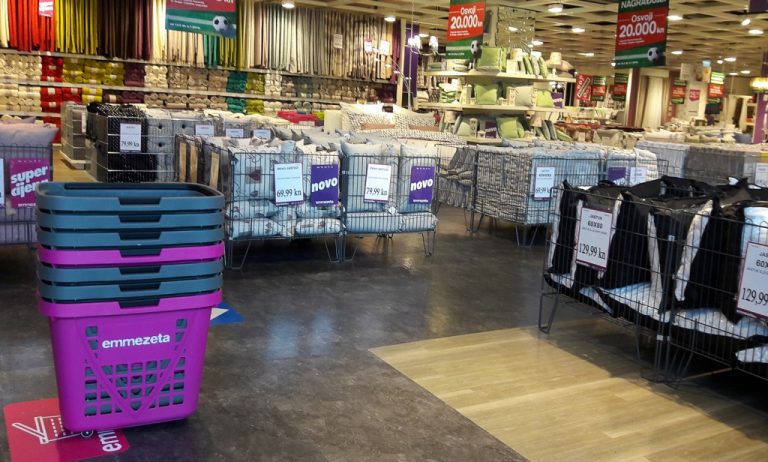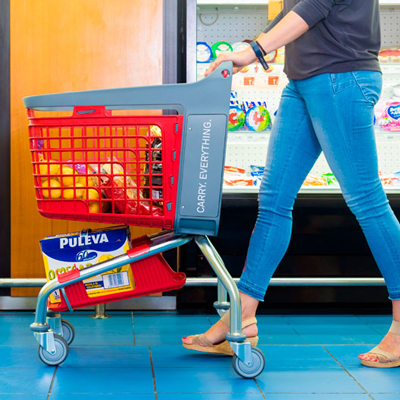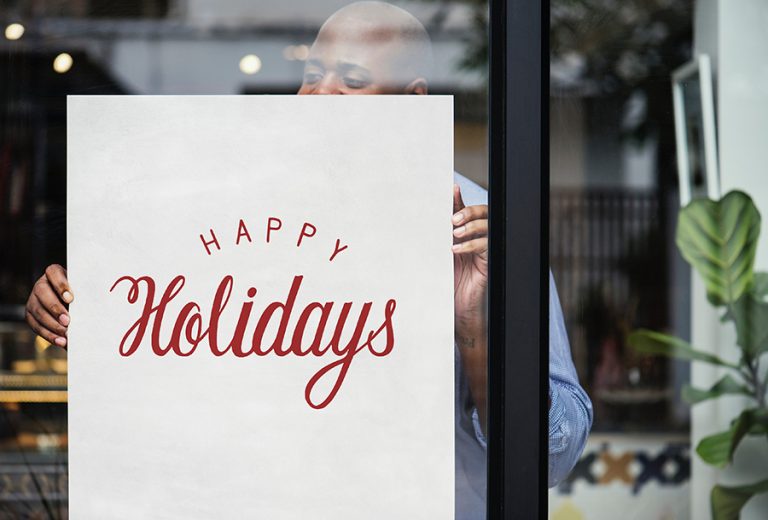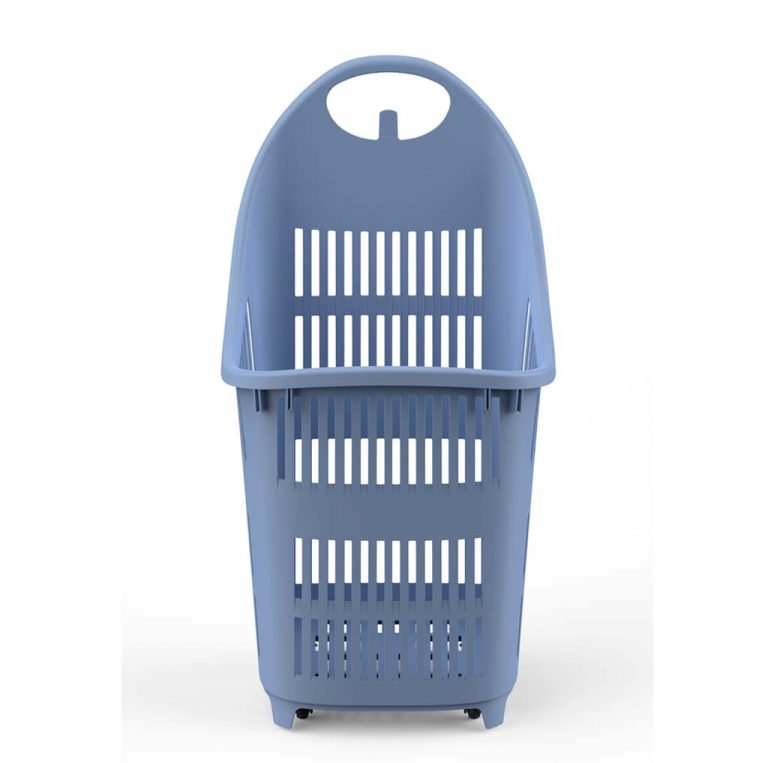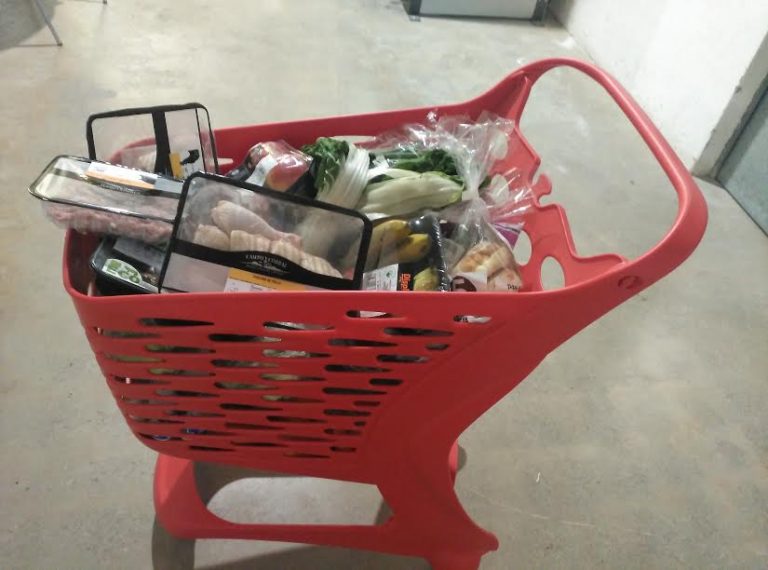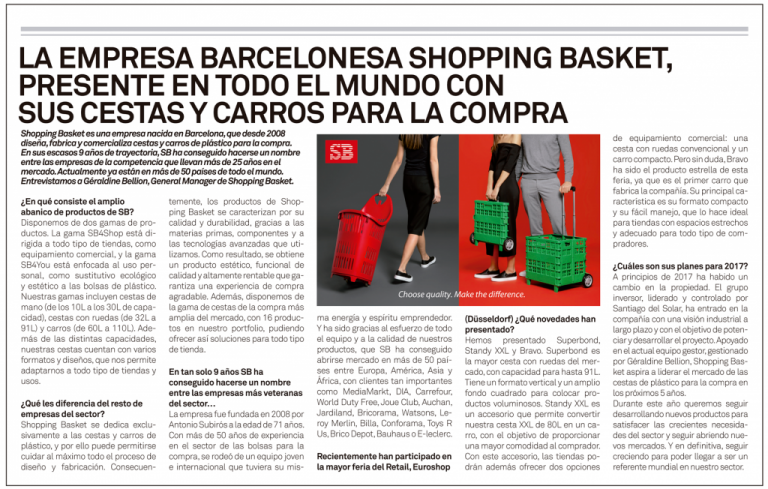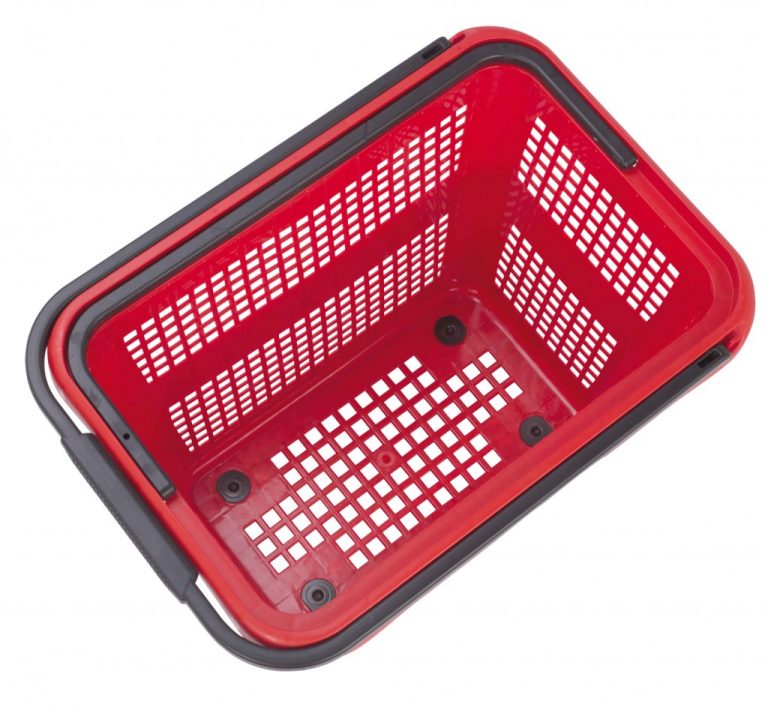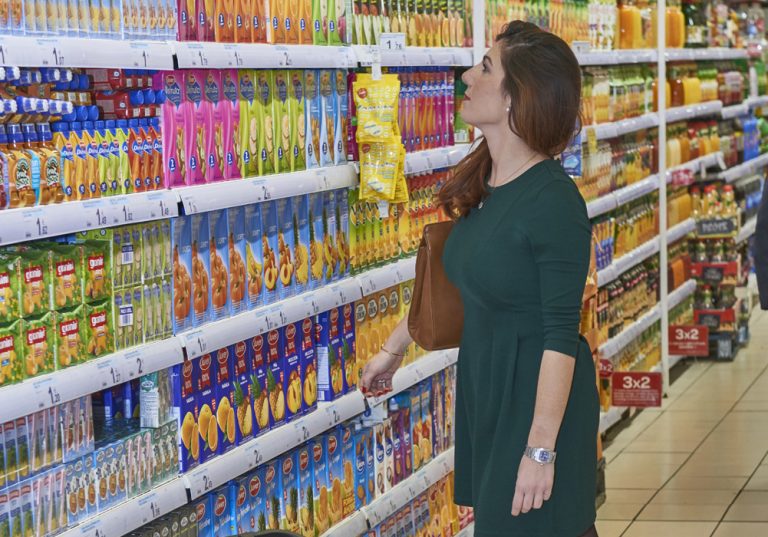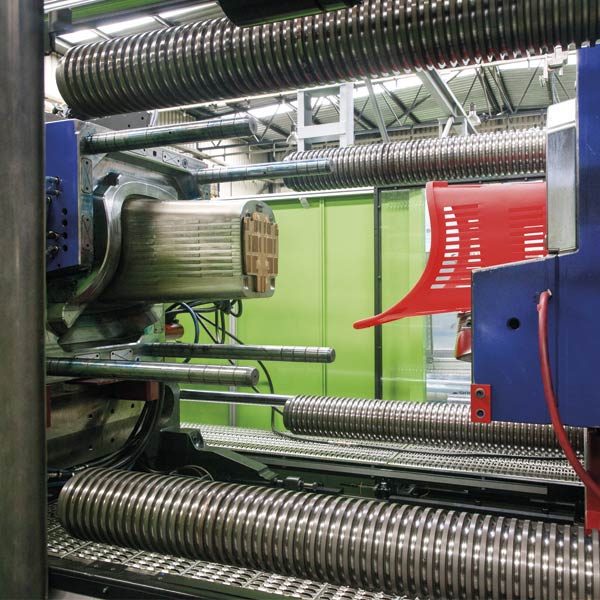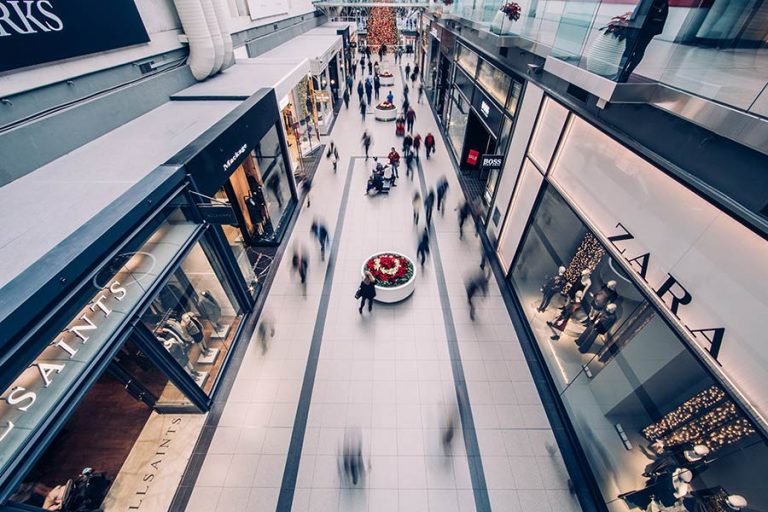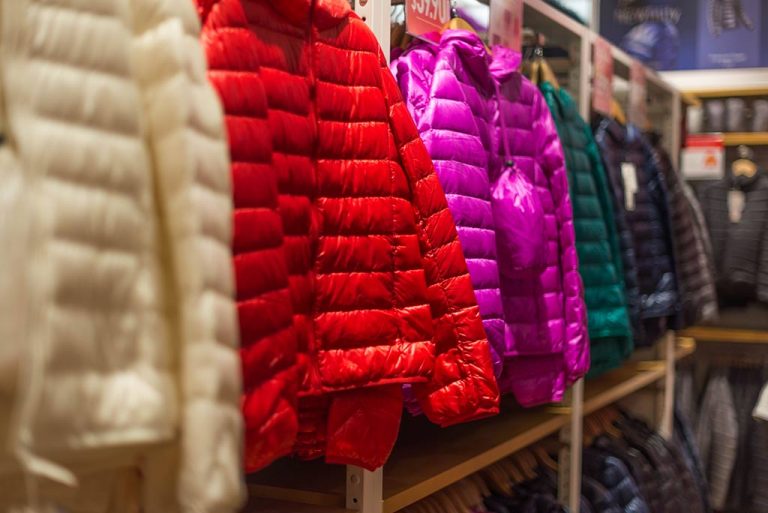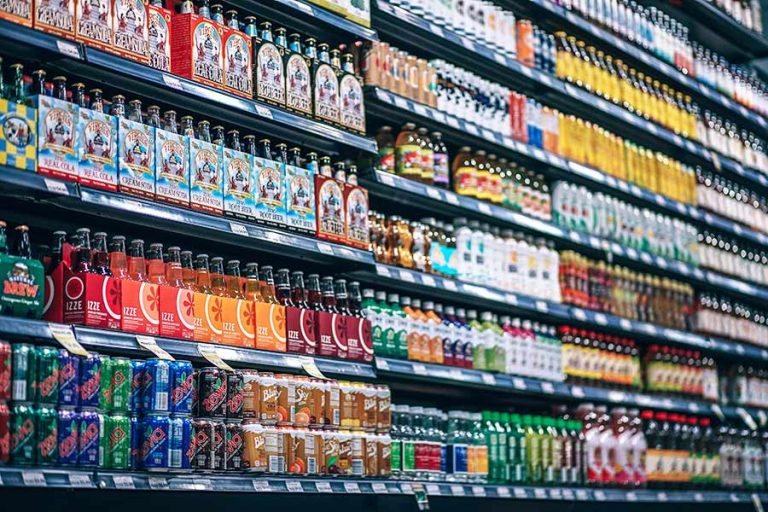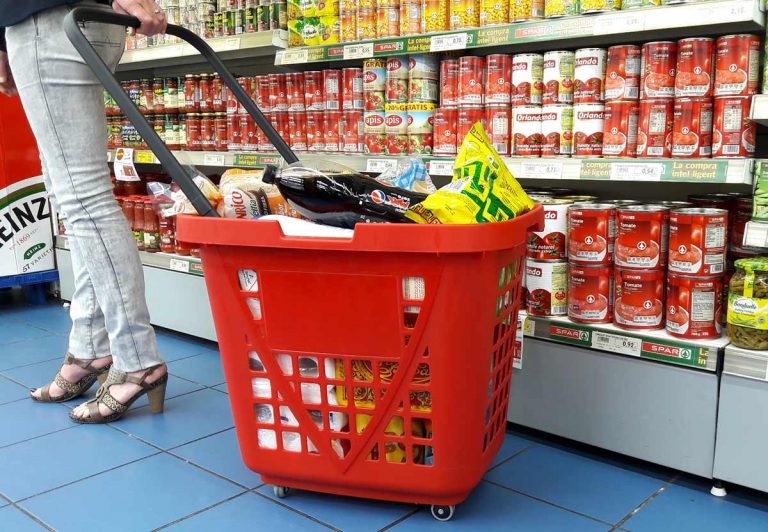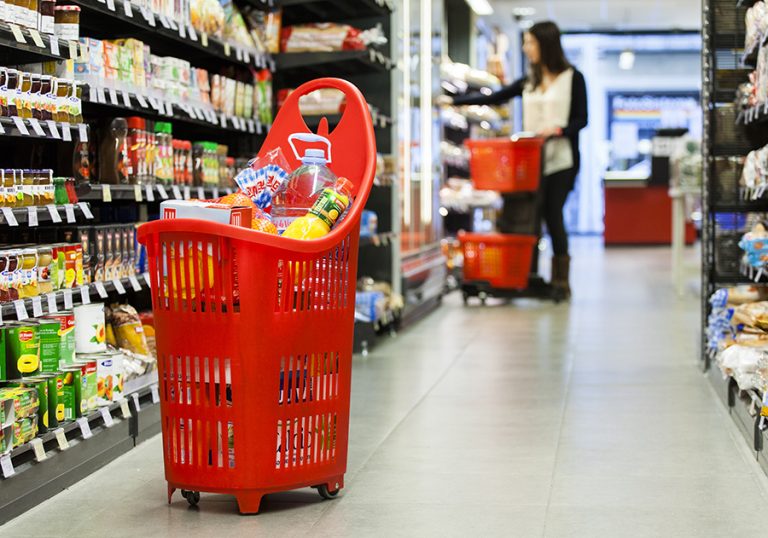Proximity stores have become very popular. They are able to offer quality products, which are procured from local manufacturers. Thanks to these nearby establishments, the traditional and the commerce of a lifetime flourish, although their profitability should not be neglected. Without paying attention to this factor, they will not succeed in developing.
How to increase profitability in proximity stores
The profitability of a business affects its long-term survival. You can choose a variety of ways to achieve it. From increasing efficiencies to improving the customer experience, there’s plenty of room to experiment. However, given the nature of local businesses, it is worth paying attention to some keys.
The first is to promote the physical store, although without neglecting the online aspect. To a large extent, buyers seek to touch and try the products. It is a way of evaluating its quality, as well as enjoying a moment of socialization. To fit this demand with the possibilities offered by the network, try to carry out a multichannel strategy. In this way, you will have a presence both in the real world and in the digital one.
Another relevant point is the neighborhood in which you are located, which should be an important part of your business plan. After all, the idea of proximity involves revitalizing the social fabric and energizing the lives of its inhabitants. When it comes to achieving this, it tries to maintain a differentiated offer from supermarket chains. The quality of the product and its exclusivity will allow you to increase profitability.
Along with the above, continued promotion is a tactic that is interesting. It is about launching offers focused on meeting the needs of buyers. You have to choose the most demanded products, since they will be the ones that give the best results. However, it is not convenient to abuse the discounts, because you could transmit a bad image.

Using a national strategy with a local vocation
Given that the nature of proximity stores is local, it should not be forgotten when drawing up a territorial strategy. Think that consumption habits are different depending on the site. In one place certain products will be preferred while in another they may not be known. Therefore, it is essential to work on marketing so that it adapts to each area.
If you carry out a territorial strategy, forgetting what is local will end up causing you problems. You will transmit a generic image, which will not be able to compete with the large supermarket chains. Points of sale have to maintain visibility and communication close to the customer. It is a way of telling them that you understand their needs and that you are trying to meet them.
Likewise, by promoting the local strategy, it will not be difficult for you to develop personalized communication campaigns. It allows you to know the customers in detail, since they are no longer a homogeneous mass. They have their preferences, they know the area in which they live well and they will notice if something is out of place. Therefore, it is necessary to send a message aligned with their interests and that shows understanding.
Luckily, today it is possible to develop a strategy in both areas in a simple way. You have technological tools with which to reach both the local and digital audiences. For example, choosing omnicality allows you to be on all channels without losing the consistency you need. Thus, you can send the right messages at the right time.
The importance of the frictionless customer journey
The frictionless customer journey consists of minimizing obstacles in the customer’s purchasing process. From when you find the store to when you leave it, the time has to be as short as possible. This philosophy extends from the realm of the network to the physical. Keep in mind that consumers first look for information on the internet. The older it is, the closer they are to making a decision.
And ideally, they should choose to enter your store. Achieving it is not easy because the competition is high, but by reducing the obstacles, you differentiate yourself. The consumer will make the transition from the online to the physical realm in a smooth and seamless manner. They will find out about your offer through your website and then come to see it in person.
Arriving at the physical store, the experience has to maintain fluidity and simplicity. The customer already has a wealth of information, so it is likely that he knows what he is coming to buy. It will seek to enter, find the product and leave so that there are no major inconveniences.
As you have seen, increasing the profitability of proximity stores is possible. You need to implement an appropriate strategy that takes local into account. Also, don’t forget what the frictionless customer journey offers you. By applying it, you will lay the foundations that will help you make a difference with your competition.
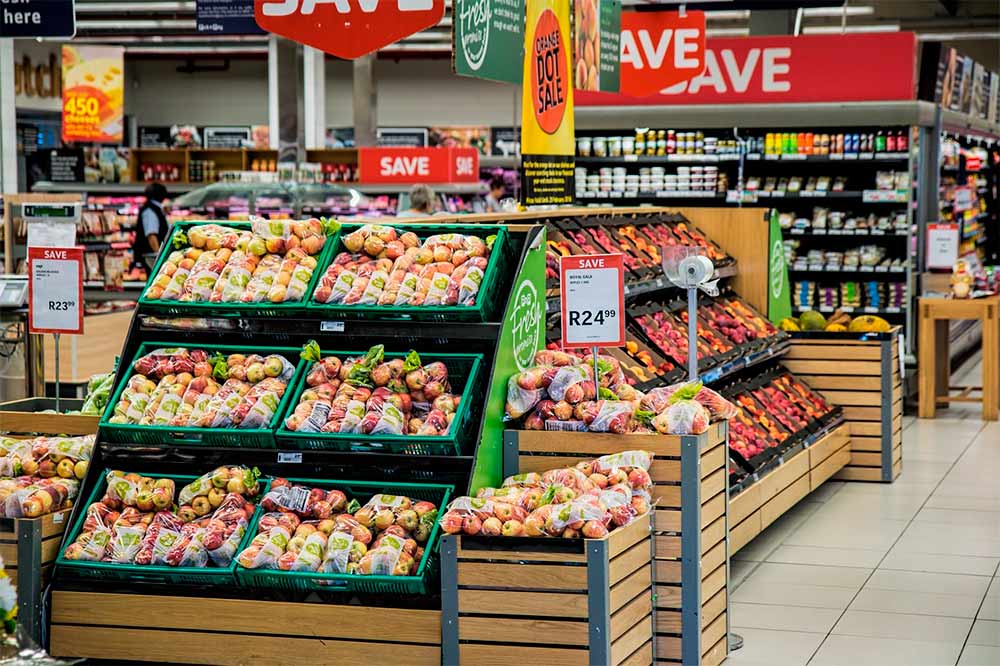
 Sign up for our newsletter and be the first to receive our articles!
Sign up for our newsletter and be the first to receive our articles!
